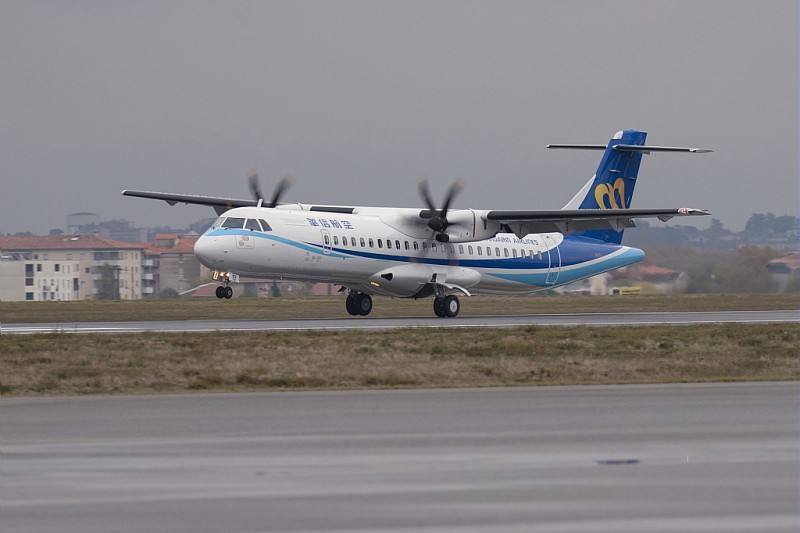ATR has published its new Market Forecast (2018-2037), where it estimates a market for 3,020 turboprop aircraft over the next 20 years.
ATR has published its new Market Forecast (2018-2037), where it estimates a market for 3,020 turboprop aircraft over the next 20 years. Since 2010, turboprops have represented 50% of total sales in the up-to-90 seat segment where ATR has established itself as the market leader.
The key driver for this positive outlook is traffic growth in regional connectivity. This comes from both traditional markets where less connected locations are being connected with direct regional new routes, as well as from emerging markets where the most viable solution for connecting people and transporting goods is turboprop air links.
In the 2018-2037 market forecast, nearly 80% (2,390 aircraft) of the total demand is expected to come from the 61-80 seat category. The remaining 20% (630 aircraft) will come from the 40-60 seat market.
Over the next 20 years, the largest demand for turboprops is expected to come from Asia (43%), followed by Europe, Africa and Middle East (31%) and the Americas (26%).
Beyond passenger aircraft, ATR estimates that the increase of freight traffic will generate, over the next two decades, a potential for the delivery of 460 turboprop freighters.
Regional aviation has experienced strong development in recent years, with 58% of the current regional networks worldwide having been created over the last 15 years. Growth of regional routes has been particularly intense in the period 2012 – 2017, with an annual average of over 100 new routes created, and a record of 155 new routes in 2017. Today, turboprops operate half of the flights below 330 nm worldwide.
ATR estimates that turboprop aircraft have the potential to generate 2,770 new routes in the 20 years to come. During this period, regional traffic is expected to grow annually at a pace of 4.5%, with around 30% of the traffic in 2037 coming from routes that do not currently exist.

